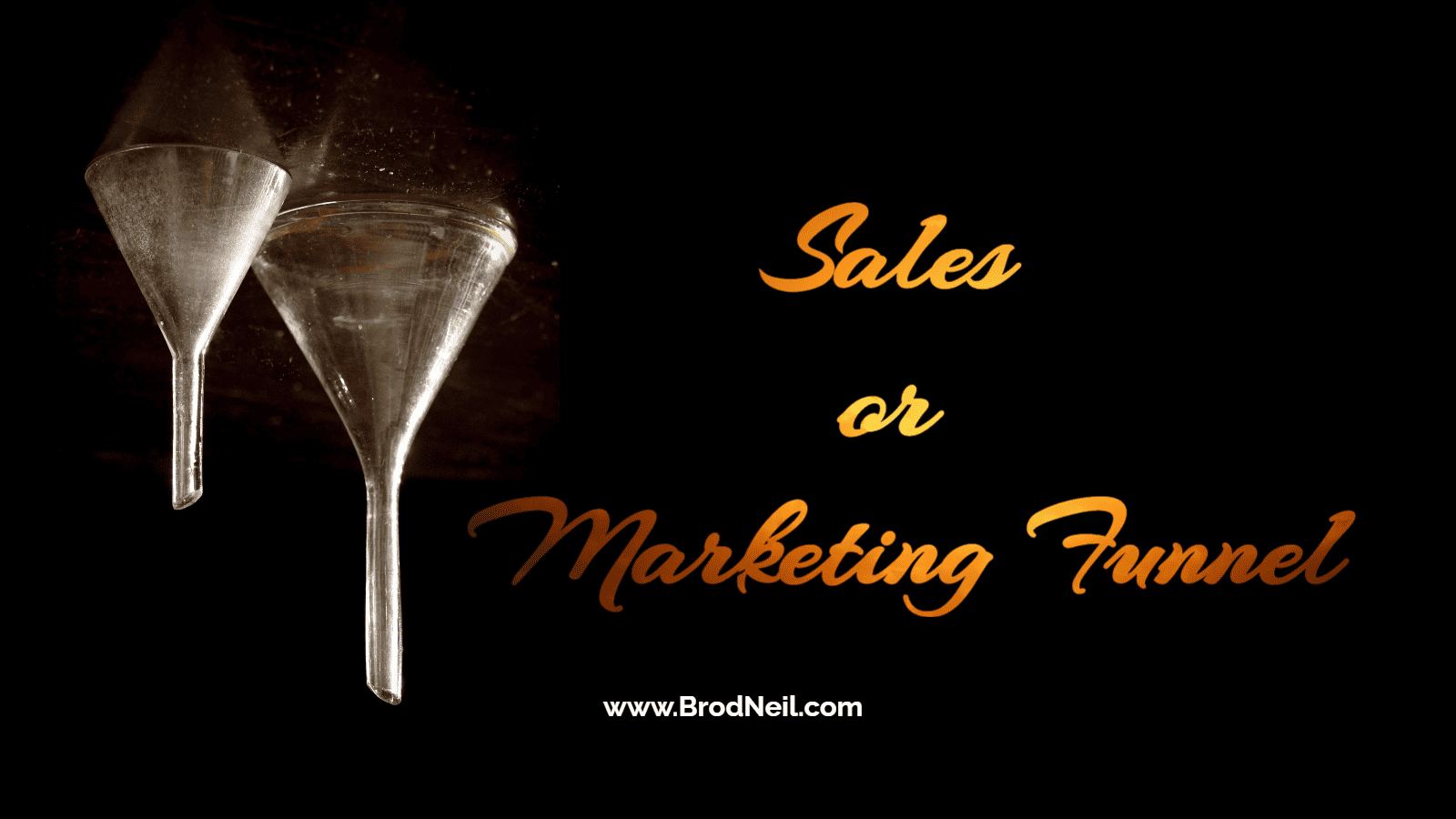Last Updated: 1 year ago by BrodNeil
The process potential customers take to purchase a product or service is referred to in marketing as a sales or marketing funnel. The top, middle, and bottom of a sales funnel are three processes that are typically included. However, the exact steps can change depending on the sales model used by a company.
Let’s first differentiate the sales and marketing funnel:
- For the marketing team, the marketing funnel existence is to advertise a product or service to give leads a reason to buy.
- Whereas for the sales team, the sales funnel existence is to deal with the leads (from the marketing funnel), enticing them to buy, not once, but as often as possible.
The three basic stages of a sales or marketing funnel are:
- Top — or lead generation stage.
- Middle — or lead nurturing stage.
- Bottom — or the purchasing stage.
Just missing a transaction may be distressing for any business owner. After several weeks of presentations and demos, conversation, and charm, the prospect leaves the sales funnel without making a purchase.
Don’t worry; there’s a solution. You can create a sales or marketing funnel with your Facebook advertisements and free your time to do other important things like taking care of your customer’s concerns, replying to inquiries, or improving your business.
With user-friendly features to assist you in setting up your ad campaign, Facebook’s Ads Manager makes it simple to manage your social media advertising campaigns. You can run advertisements on desktop and mobile for Facebook, Instagram, Audience Network, and Messenger with only a few clicks.
The step-by-step guide will help you through every step of creating your first sales or marketing funnel using Facebook Ads Manager.
This is ideal for small-business owners, managers, advertisers, and social media marketers seeking a do-it-yourself approach to expanding their brand through Facebook advertising.
Three marketing tactics that will help improve your sales funnels to increase conversions
- Try cold sales tactics, such as direct mail.
- Automate follow-ups like sending emails and utilizing first-party cookies, allowing digital ads to make impressions on different advertising platforms.
- Regularly update and improve your sales funnel.

